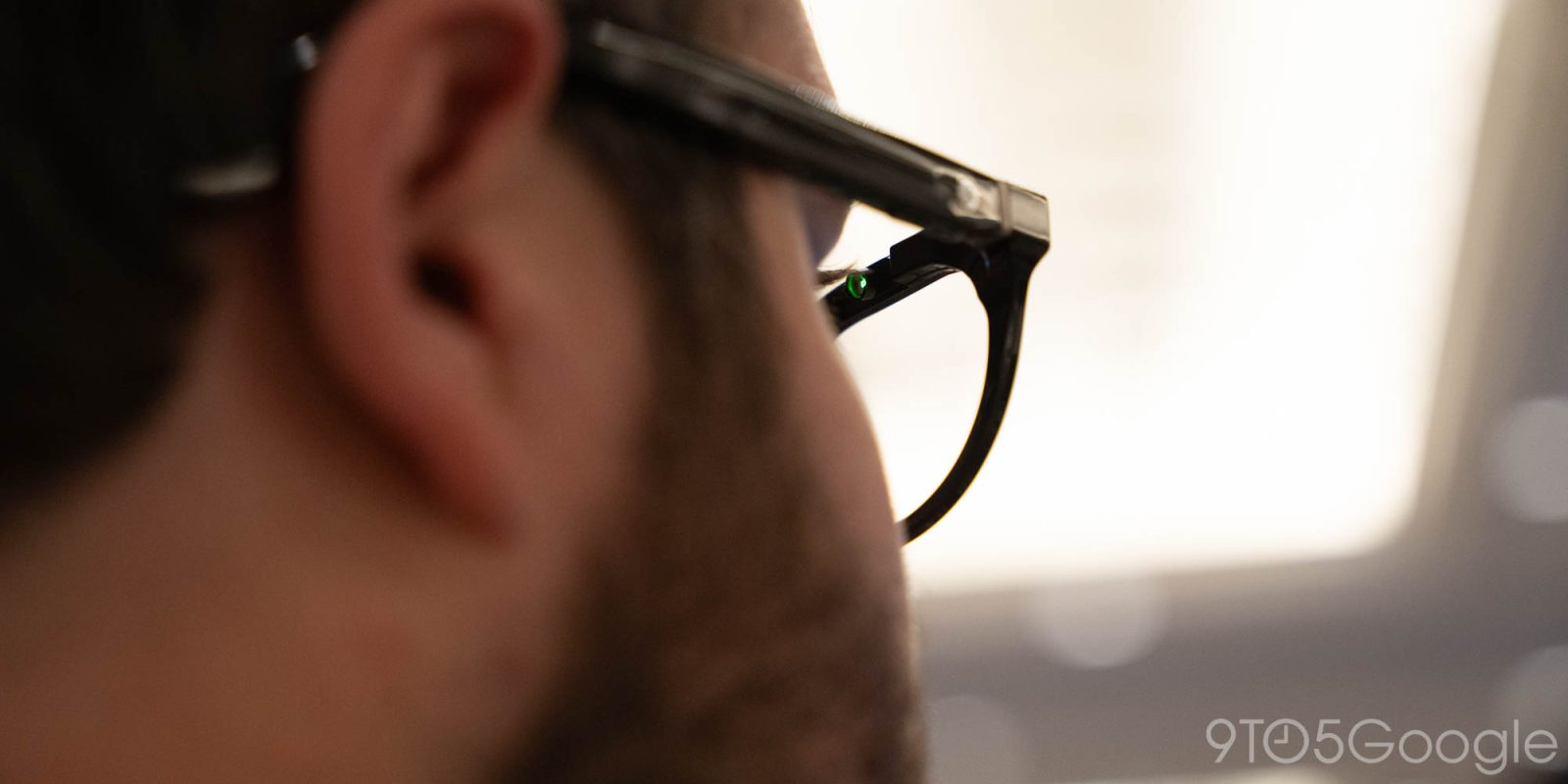
Smart glasses with a display have been a dream for years, but attempt after attempt has failed to deliver. Things are looking brighter, and more options are coming to market over the next year. At CES 2025, Halliday is being unveiled as a pair of smart glasses that take the approach of effectively projecting a display the size of a smartwatch to your eye.
Most recent attempts at smart glasses have either forgone a display entirely, like Meta Ray-Bans, or tried methods that don’t work particularly well. One example of that was from Brilliant Labs, which had a prism projection system that had far too narrow a field of view in our testing. But the tech has been improving steadily over time.
CES 2025 is revealing a ton of smart glasses to the world, including Halliday, which we’ve briefly tried out ahead of the show.
Halliday’s display is delivered to your eyes via a projection that points at your eye. The projector – called the “DigiWindow” – angle is adjustable to fit the wearer, and projects a monochrome (green) display that basically looks like it’s the size of a smartwatch. Everything appears just above your typical eyeline. In use, it feels similar to Google Glass, but the display location is much easier to see, especially at a quick glance. There’s virtually no effort required to look at the display.
A touchpad on the side of the glasses lets users swipe through the UI, but there’s also a ring that you can wear for more precise and faster control. The ring is quite a bit thicker than a normal ring, or even the Galaxy Ring, so I’m glad to see that it’s optional.

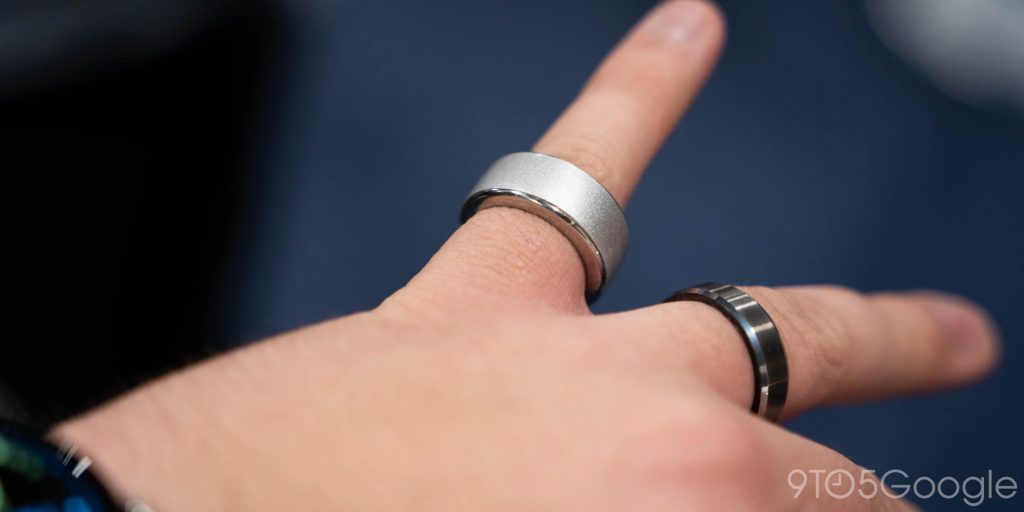
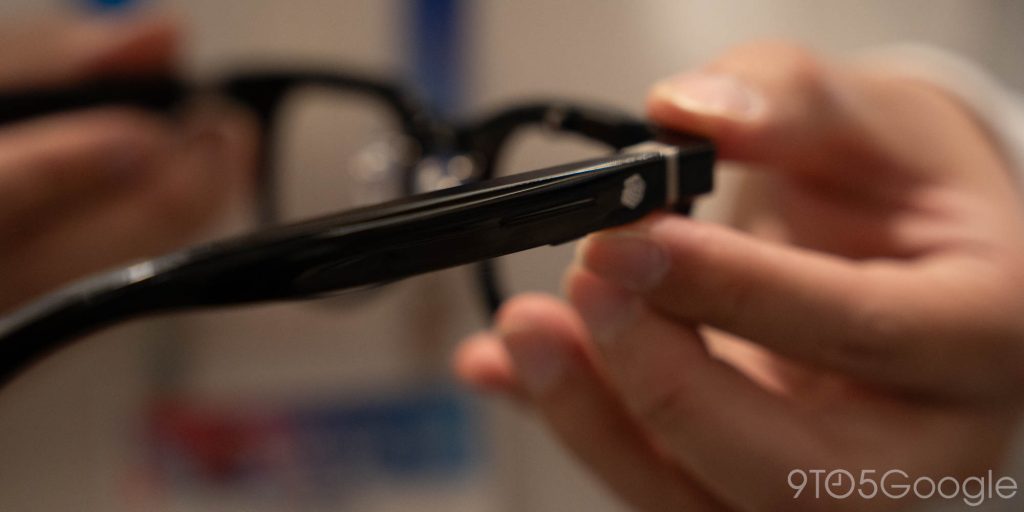
The “display” itself isn’t perfect, as you’ll never perfectly align it with your eye as glasses move through the day, but it’s surprisingly good.
What can the software do? The basic functions include notifications and replies, navigation, and “Quick Notes” via voice, but there are also, of course, plenty of AI features. “Echo Mode” is a proactive AI agent that provides automatic suggestions, while “Audio Memo” can record and summarize conversations. There’s also AI translation through the built-in speakers. The other big feature Halliday advertises is “Cheat Sheet,” which is basically a teleprompter. All of these features require a paired smartphone.
The software’s design is very basic, but pulls elements loosely from Wear OS and Android, though we were told the software isn’t based on Android. There’s an app drawer that works similar to the one on Wear OS, while “apps” show like a vertical page.
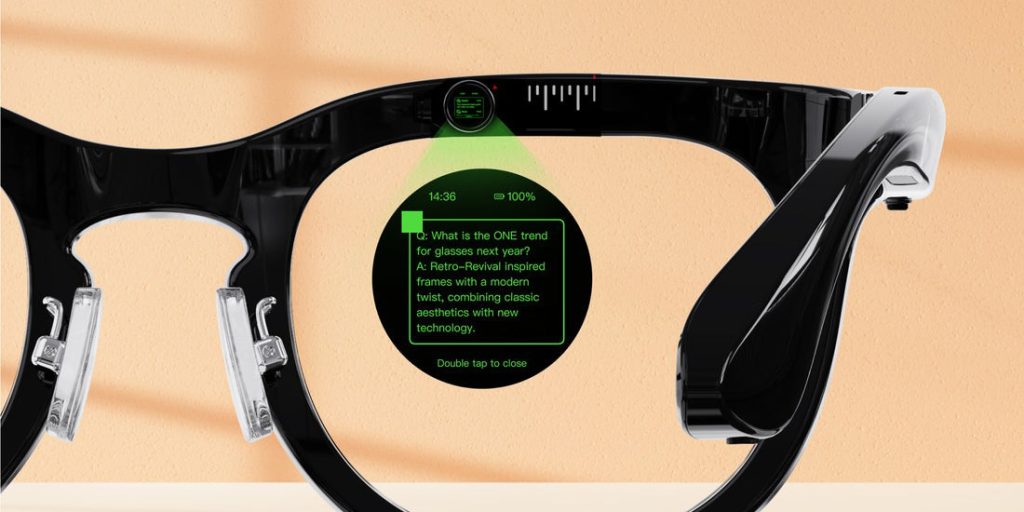
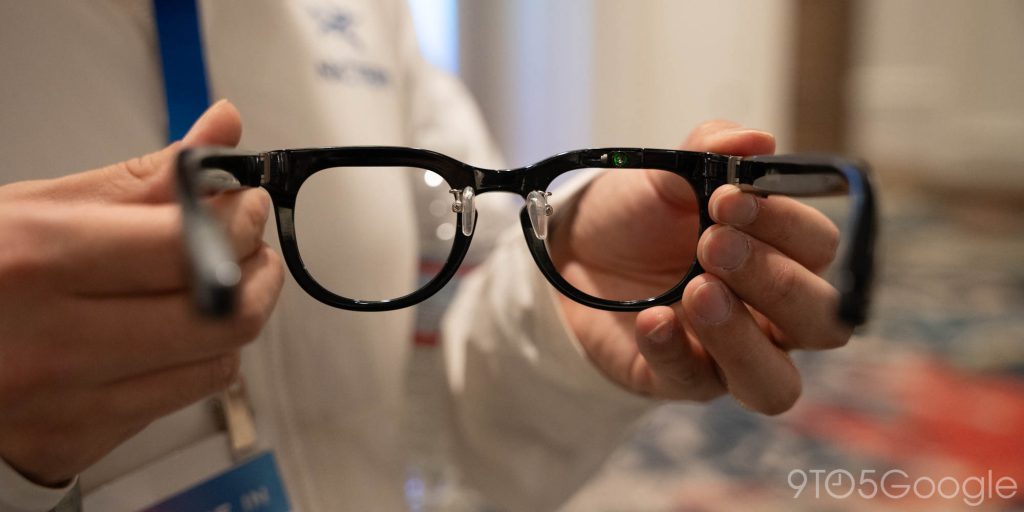


The supposed 8-hour battery life sounds good for the category, especially considering the display, but it may prove difficult for those wearing these in place of standard eyeglasses. Halliday weighs in at just 35g – around 15g lighter than Meta’s smart glasses and Samsung’s upcoming pair – and supports prescription lenses.
Halliday will start shipping in March 2025 with a starting price of $489. The product is coming to Kickstarter soon but, ahead of that, interested customers can place a $9.99 deposit to get a pair for $369, including a free set of prescription lenses, at Halliday’s website.
After trying them out, I’m helpful that Halliday has a solid pair of smart glasses here, though I’m wary of how the software would build over time, and even more so how these would compared to incoming smart glasses with displays from the likes of Meta and Samsung/Google. Still, I’m looking forward to spending more time with these when they launch in March.
What do you think?
More on Smart Glasses:
- Solos AirGo Vision smart glasses will work with Gemini, now available from $299
- Meta reportedly adding display to Ray-Ban smart glasses in 2025
- One day… realized: Hands-on with Google’s Android XR glasses
Follow Ben: Twitter/X, Threads, Bluesky, and Instagram
FTC: We use income earning auto affiliate links. More.
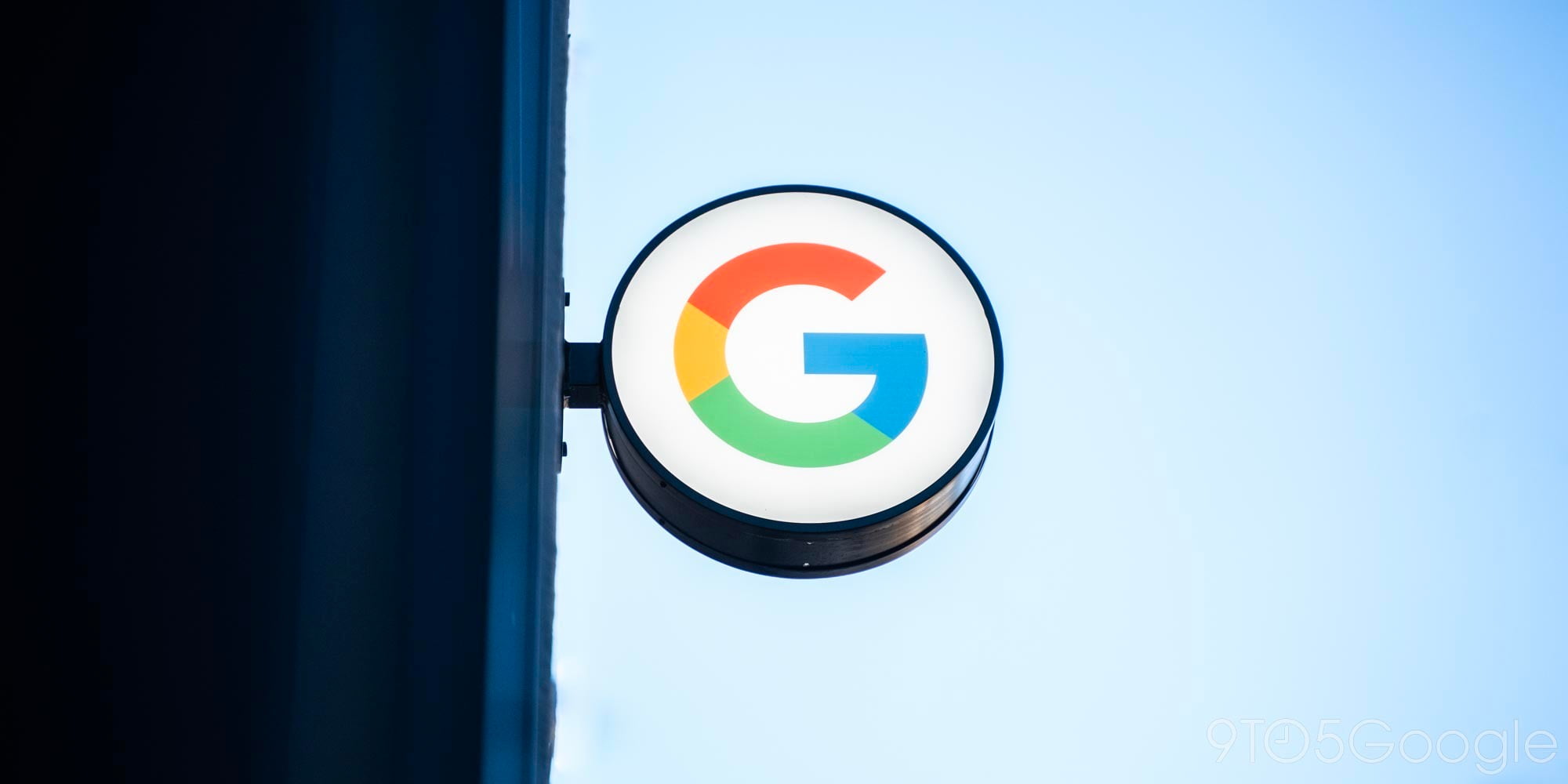 1 day ago
7
1 day ago
7










![Satechi unveils new essential OntheGo collection for 2025 [Hands-on]](https://i0.wp.com/9to5mac.com/wp-content/uploads/sites/6/2025/01/unnamed-2.jpg?resize=1200%2C628&quality=82&strip=all&ssl=1)









 English (US) ·
English (US) ·